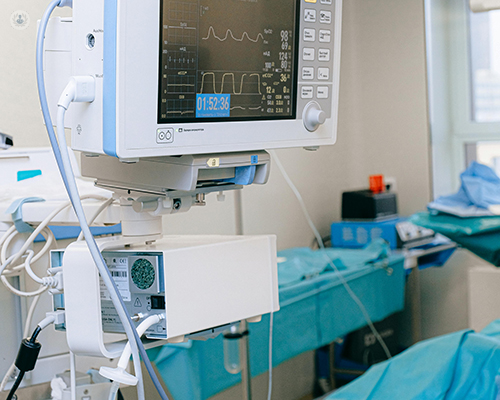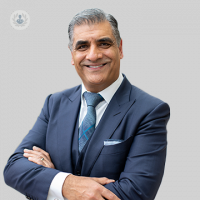The benefits of keyhole heart surgery
Written in association with:Keyhole heart surgery, also known as minimally invasive cardiac surgery or thoracoscopic surgery, has transformed the landscape of cardiac treatment. While many patients may not be aware, this advanced surgical approach is not new and has accumulated a significant body of clinical evidence supporting its efficacy when performed by skilled experts. In his latest online article, Mr Inderpaul Birdi gives us his insights.

The procedure and its advantages
Minimally invasive cardiac surgery involves using small incisions and specialised instruments to access and treat the heart. This technique can be used to correct heart valve disorders, bypass blocked coronary arteries, close holes in the heart, eradicate abnormal heart rhythm problems, and remove cardiac tumours. Traditionally, these procedures required a large incision through the breastbone to access the heart.
While the traditional approach is effective, it has several notable drawbacks. The cut through the breastbone is similar to a broken bone, necessitating a 12-week healing period. During this time, patients must avoid heavy lifting, and for the first six weeks, most doctors recommend sleeping on the back to prevent any bone movement. Additionally, the breastbone cut is associated with some bleeding, a small but potentially serious risk of infection, and discomfort.
In contrast, keyhole heart surgery offers significant benefits by minimising trauma to surrounding tissues. When the heart is accessed through small windows between the ribs, healing occurs in days rather than weeks. This method results in significantly less pain, reduced bleeding, and a lower risk of serious infection.
Applications of keyhole heart surgery
The majority of heart surgery procedures can now be performed using keyhole techniques. This includes:
Valvular heart diseases: Conditions affecting the aortic valve, mitral valve, and tricuspid valve can be addressed with minimally invasive surgery. Surgeons can repair or replace faulty heart valves through these small incisions, leading to shorter recovery times and reduced postoperative discomfort.
Aortic aneurysms: Aneurysms of the ascending aorta and aortic root can be replaced using minimally invasive methods, yielding excellent recovery outcomes when performed by experienced surgeons.
Coronary artery bypass grafts: Single and multiple coronary bypass grafts can be performed through a small incision between the ribs on the left side of the chest. This method offers reliable and durable outcomes.
Atrial fibrillation (AFib): AFib, a common heart rhythm disorder, can be treated with minimally invasive techniques such as catheter ablation. This procedure disrupts abnormal electrical pathways in the heart to restore normal rhythm, often without the need for open-heart surgery. Additionally, the closure of the left atrial appendage, a growing procedure performed through keyhole surgery, can significantly reduce the risk of stroke in patients with AFib.
Mr Inderpaul Birdi is an esteemed cardiothoracic surgeon. You can schedule an appointment with Mr Birdi on his Top Doctors profile.


